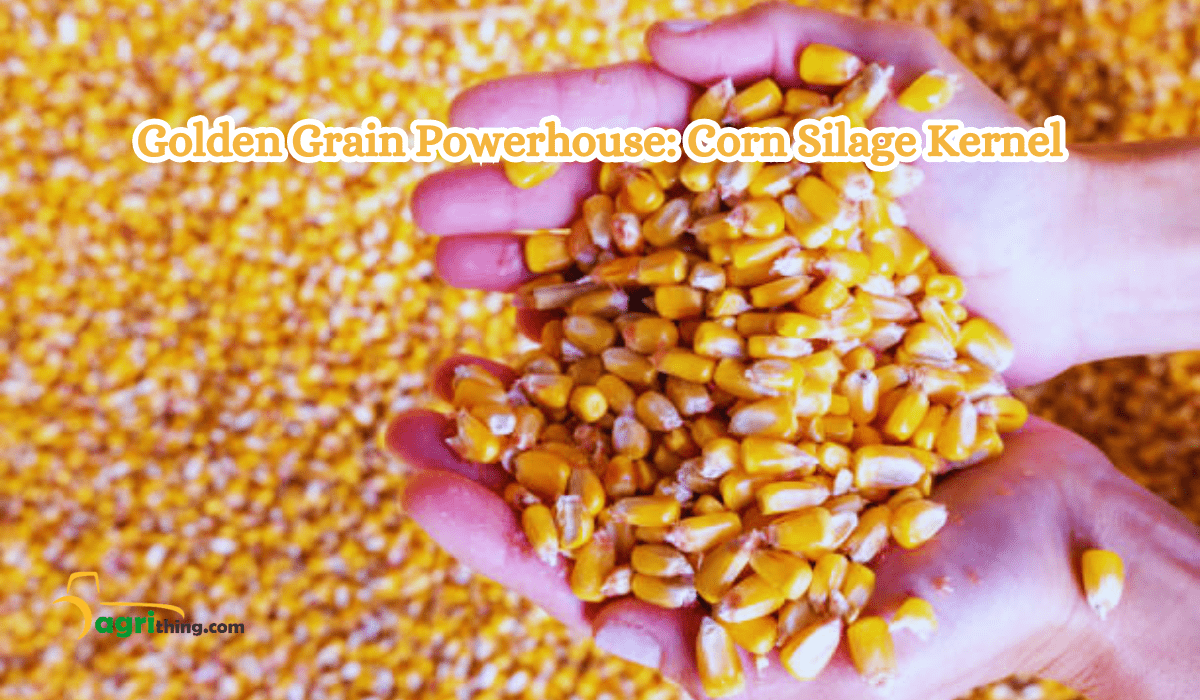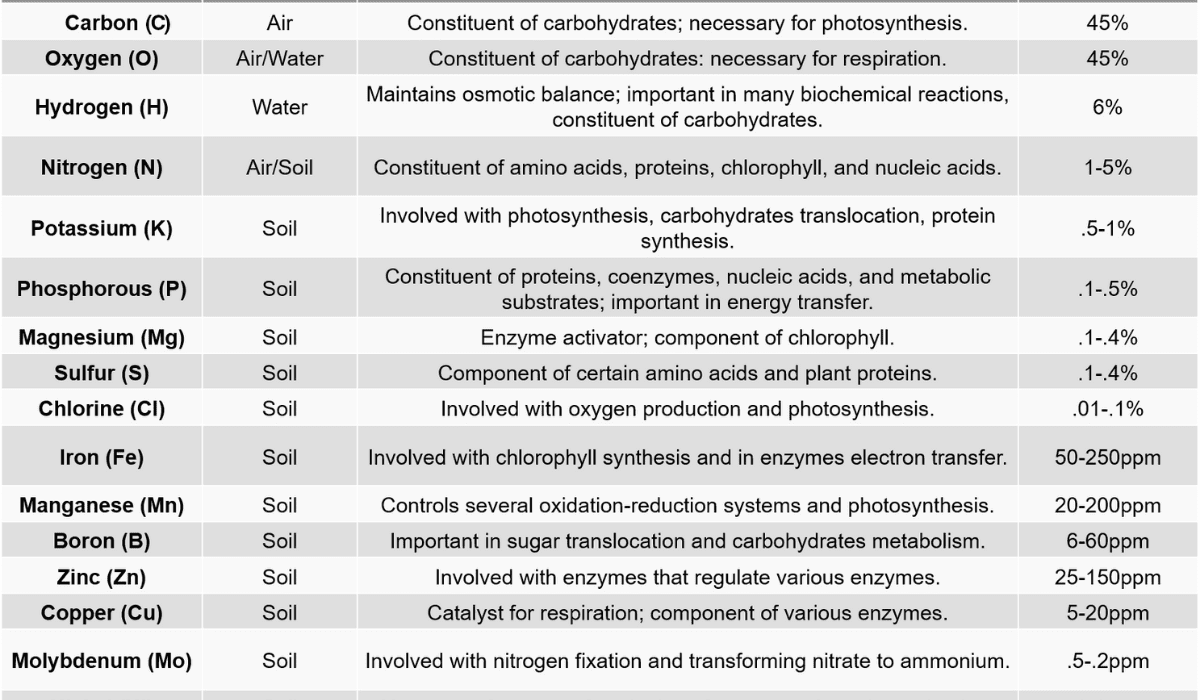Mighty Corn Silage Kernels: Supercharge Livestock Nutrition
Corn silage kernel processing is important for improving the nutritional value and digestibility of silage for livestock. It involves breaking down corn kernels into smaller particles, which makes the starch and fiber easier to ferment and digest in the animal’s stomach. In this article, we will discuss the factors that affect corn silage kernel processing, digestibility, the best practices for optimization, evaluation methods, practical tips, and successful case studies.
Table of Contents
Factors that Affect Corn Silage Kernel Processing
- Kernel moisture content: Harvesting corn with the right moisture content is crucial for effective kernel processing. It affects how easily the kernels break and the quality of fermentation in the hay.
- Kernel maturity: Choosing the optimal stage of kernel maturity is important to balance the starch content and digestibility. Harvesting corn silage at the right time ensures that the nutrients are used to the maximum extent.
- Kernel processing equipment: The type and condition of the equipment used for corn silage kernel processing significantly impact how well the kernels are processed. Modern equipment like roller mills or kernel processors can improve the efficiency of kernel breakage.
- Roll gap setting: The gap between the rollers or the roll gap setting directly affects the size of the processed kernels. Adjusting the roll gap setting allows particle size customization according to the livestock’s needs.
Effects of Kernel Processing on Digestibility
- Improved rumen fermentation: Breaking the kernels into smaller particles through processing promotes more efficient rumen fermentation, enabling the microorganisms to access nutrients effectively.
- Enhanced fiber digestion: Kernel processing helps break down the tough outer layer of corn kernels, making the fiber more accessible and improving digestion.
- Reduced risk of acidosis: Effective kernel processing ensures a balanced release of starch, lowering the risk of ruminal acidosis caused by sudden starch overload.
- Improved rumen fermentation: Breaking the kernels into smaller particles through processing promotes more efficient rumen fermentation, enabling the microorganisms to access nutrients effectively.
- Enhanced fiber digestion: Kernel processing helps break down the tough outer layer of corn silage kernels, making the fiber more accessible and improving digestion.
- Reduced risk of acidosis: Effective corn silage kernel processing ensures a balanced release of starch, lowering the risk of ruminal acidosis caused by
Best Practices for Optimizing Corn Silage Kernel Processing
- Harvesting at the right kernel moisture content: Harvesting corn silage when the moisture content is between 60% and 70% improves kernel processing efficiency and fermentation.
- Ensuring proper kernel maturity: Harvesting corn silage at the optimal maturity stage, indicated by firm kernels with a milky or doughy consistency, maximizes the digestibility of corn silage kernels and fiber.
- Selecting suitable kernel processing equipment: Investing in high-quality equipment like roller mills or processors ensures efficient kernel breakage and particle size reduction.
- Adjusting roll gap setting for desired particle size: Customizing the particle size distribution by adjusting the roll gap setting helps meet the specific nutritional needs of different livestock.
Evaluating Kernel Processing Effectiveness
- Measuring kernel processing score (KPS): KPS is commonly used to assess kernel processing effectiveness, evaluating the percentage of broken kernels, cracked kernels, and whole kernels in a sample.
- Evaluating particle size distribution: Analyzing the particle size distribution of processed corn silage provides insights into the effectiveness of corn silage kernel processing for optimal livestock feeding.
- Monitoring starch digestibility: Regularly monitoring corn silage samples’ starch digestibility helps evaluate kernel processing efficiency and its impact on rumen fermentation.
Recommendations for Optimal Kernel Processing
- Targeting a specific range of particle size distribution: Strive for a balanced particle size distribution in corn silage kernel processing to enhance rumen fermentation and maximize nutrient availability.
- Balancing starch availability and fiber digestibility: Adjust the kernel processing settings to balance maximizing starch availability and maintaining fiber digestibility.
- Considering the nutritional needs of different livestock categories: Customize kernel processing strategies to meet the specific nutritional requirements of dairy cows, beef cattle, or other livestock categories.
Practical Tips for Efficient Kernel Processing
Regular maintenance of kernel processing equipment: Perform routine maintenance, including cleaning and lubrication, to ensure optimal equipment performance and consistent kernel processing efficiency.
Monitoring and adjusting the roll gap setting as needed: Regularly monitor the particle size distribution of processed kernels and make necessary adjustments to the roll gap setting based on livestock performance and nutritional needs.
Ensuring proper kernel processing during storage and feed-out: Minimize air exposure and shrinkage during storage and feed-out to preserve corn silage kernel integrity and minimize nutrient losses.
Successful Kernel Processing Strategies
Case Study 1: Implementing optimized corn silage kernel processing techniques on a dairy farm. Explore how a dairy farm improved milk production, enhanced milk components, and optimized feed efficiency through precise kernel processing methods.
Case Study 2: Optimizing kernel processing in a beef feedlot. Learn how a beef feedlot improved feed efficiency, enhanced average daily gain, and increased profitability by optimizing kernel processing techniques.
Benefits of Optimizing Corn Silage Kernel Processing
- Enhanced Nutrient Release: Optimized corn silage kernel processing improves the availability of nutrients for animals.
- Increased Digestibility: Proper processing enhances the digestibility of corn silage kernels, maximizing feed efficiency.
- Improved Fermentation: Optimal kernel processing promotes better fermentation, producing higher-quality silage.
- Enhanced Animal Performance: Optimized processing unlocks the full potential of corn silage kernels, resulting in improved animal performance.
- Minimized Sorting: Effective kernel processing reduces the risk of kernel sorting during feeding, ensuring a consistent ratio.
- Consultation and Optimization: Seek expert advice to optimize corn silage kernel processing methods for optimal results.
Boost Efficiency with the Best Corn Silage Kernel Processor
- Enhanced Processing: Utilize a high-quality corn silage kernel processor to optimize the breakdown of corn kernels.
- Increased Digestibility: Improved processing enhances kernel digestibility, allowing animals to extract more nutrients from the corn silage.
- Higher Feed Efficiency: Properly processed kernels result in better feed conversion and improved animal performance.
- Reduced Sorting: Effective kernel processing reduces the likelihood of kernel sorting during feeding, ensuring a consistent ratio.
- Enhanced Fermentation: Well-processed corn silage kernels contribute to improved fermentation and overall silage quality.
- Consult Experts: Seek advice from experts or manufacturers to select the best corn silage kernel processor for your specific needs.
Unlocking the Power of Corn Silage Kernel Cracking
Enhanced Nutrient Availability: Proper kernel cracking increases nutrient availability in corn silage, maximizing animal nutrition.
Improved Digestibility: Cracked corn silage kernels are easier for animals to digest, leading to better feed utilization.
Enhanced Fermentation: Cracking corn silage kernels promotes optimal fermentation, improving silage quality.
Increased Energy Release: Cracking kernels releases more energy during digestion, boosting animal performance.
Reduced Sorting: Effective kernel cracking minimizes kernel sorting, ensuring a consistent and balanced corn silage ratio.
Consultation and Optimization: Seek expert guidance to implement the best kernel cracking practices for your corn silage, maximizing its potential.
Conclusion
In conclusion, optimizing corn silage kernel processing is crucial for improving digestibility and maximizing the nutritional value of silage for livestock. By considering factors such as kernel moisture content, maturity, equipment selection, and roll gap setting, farmers can achieve better starch availability, enhanced rumen fermentation, improved fiber digestion, and reduced risk of acidosis. Regular evaluation, adherence to best practices, and practical tips ensure efficient kernel processing. Optimizing kernel processing ultimately contributes to better livestock performance and farm profitability.
Frequently asked question (FAQ’s)
What is the ideal kernel moisture content for corn silage?
Corn silage’s ideal kernel moisture content is between 60% and 70%. Harvesting within this range allows for better corn silage kernel processing and fermentation.
Does kernel processing impact milk production in dairy cows?
Yes, optimized corn silage kernel processing can positively impact milk production in dairy cows. Improved starch availability and enhanced rumen fermentation increase milk production and improved milk components.
Can kernel processing affect feed efficiency in beef cattle?
Absolutely! Optimized corn silage kernel processing can significantly improve feed efficiency in beef cattle. Enhanced rumen fermentation and improved nutrient availability lead to better average daily gain and feed conversion ratios.
How frequently should roll gap settings be adjusted?
Roll gap settings should be regularly monitored and adjusted based on the particle size distribution analysis and livestock performance to optimize corn silage kernel processing.
Is kernel processing necessary for all types of livestock?
Kernel processing is beneficial for most types of livestock, particularly ruminants like dairy cows, beef cattle, and sheep. The improved digestibility and nutrient availability provided by kernel processing contributes to better overall animal health and performance.
Related Articles
Want to purchase top-quality silage? Visit our Agricomplex website to explore our wide range of silage products.
People also Asked
How does kernel processing affect the nutritional value of corn silage?
A: Kernel processing enhances the nutritional value of corn silage by improving the accessibility and digestibility of the corn silage kernel
Can corn silage be effectively processed without a dedicated kernel processor?
Corn silage can be processed effectively without a dedicated kernel processor, but using one enhances the process.
What are the potential risks of inadequate kernel processing in corn silage?
Inadequate corn silage kernel processing can lead to reduced nutrient availability and lower feed efficiency.
Does kernel processing impact the feeding behavior of livestock?
Yes, kernel processing in corn silage can impact the feeding behavior of livestock by affecting palatability and sorting tendencies.
Are there specific guidelines for adjusting roll gap settings based on different livestock species?
Specific guidelines for adjusting roll gap settings in corn silage kernel processing can vary based on different livestock species and their nutritional requirements.




